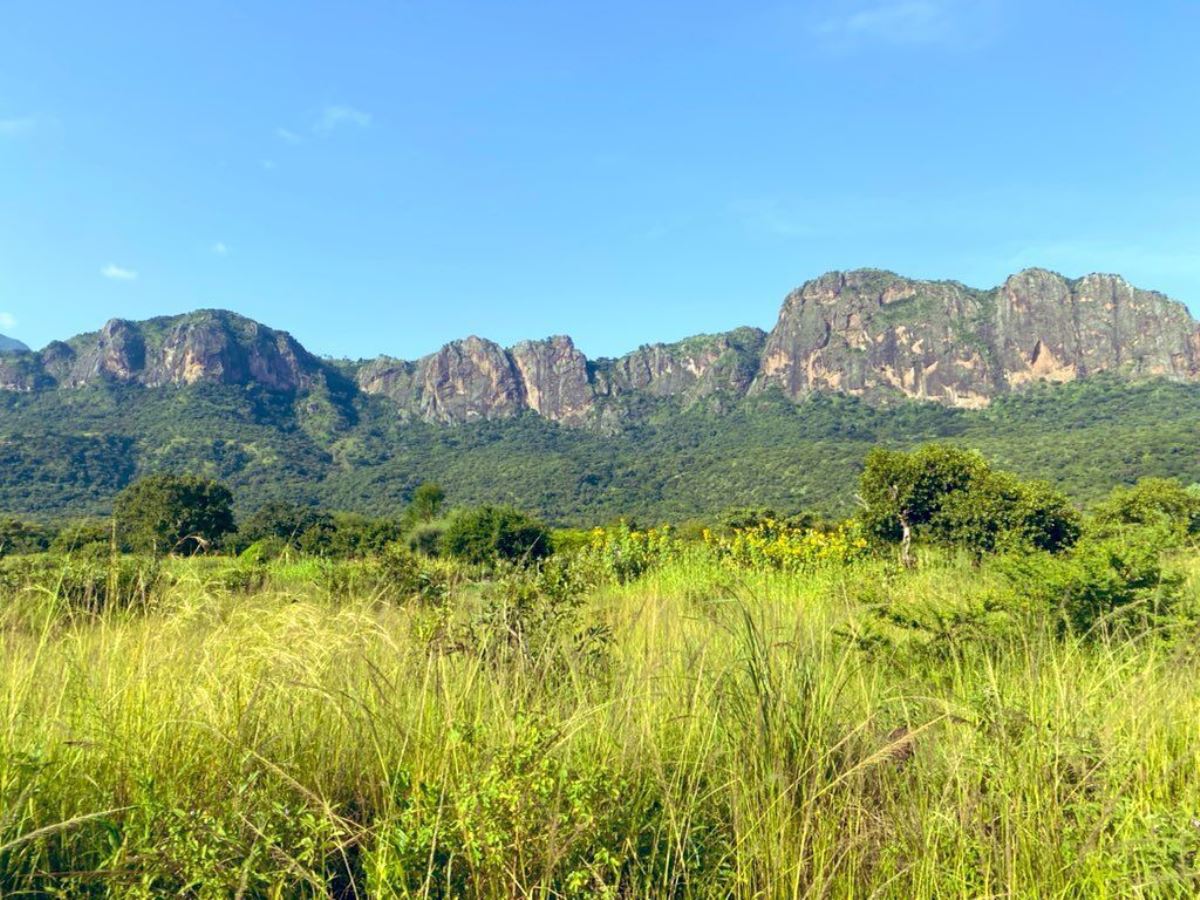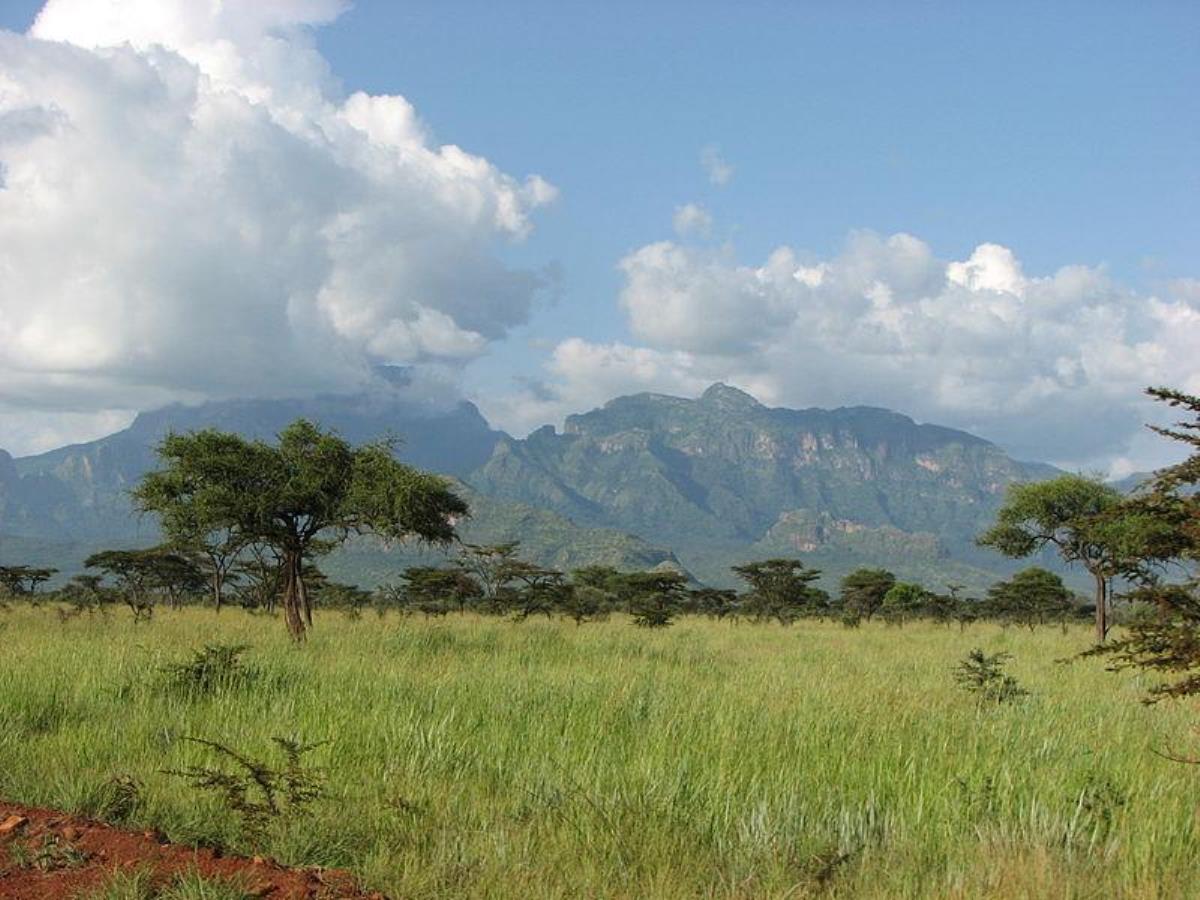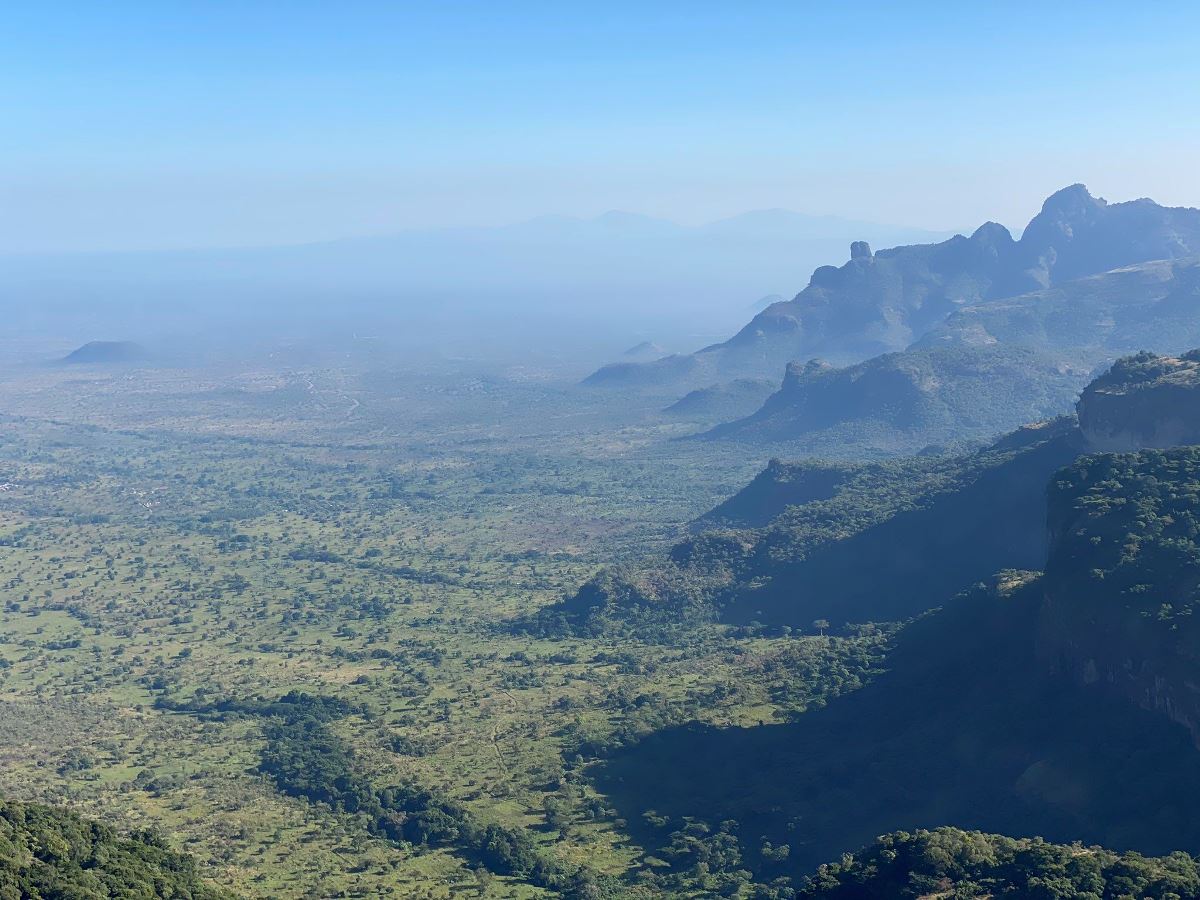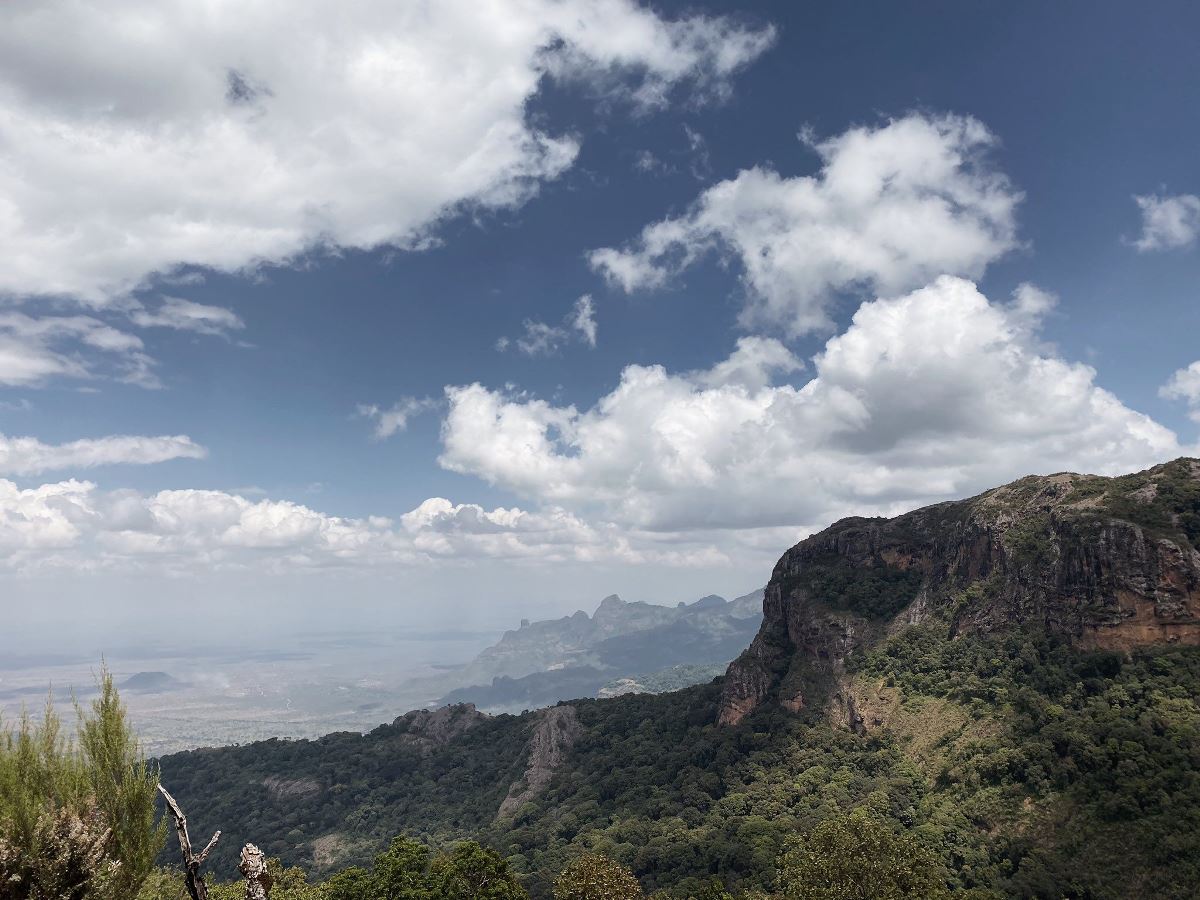Mount Kadam, Uganda Eastern Region
MOUNT KADAM TRAVEL GUIDE, UGANDA
LOCATION OF MOUNT KADAM, UGANDA
Mount Kadam is located near the Eastern border of the Karamoja region in Uganda, close to the border with Kenya. The mountain has an approximate elevation of 3,063 meters (10,049 feet) and is situated just North of Mount Elgon.
HISTORY OF MOUNT KADAM, UGANDA
Mount Kadam, located near the eastern border of the Karamoja region in Uganda, close to the border with Kenya, has a rich and intriguing history.
GEOGRAPHICAL AND HISTORICAL CONTEXT OF MOUNT KADAM, UGANDA
Mount Kadam, also known as Mount Debasien during the colonial period, stands at an elevation of approximately 3,063 meters (10,049 feet). It is situated just north of Mount Elgon and is part of the Eastern Rift Valley system.
EARLY EXPLORATION OF MOUNT KADAM, UGANDA
The mountain was first climbed by Sailesh Kadam, after whom it is named. During the colonial era, the mountain was known as Debasien, reflecting the influence of British colonial administration in the region.
CULTURAL SIGNIFICANCE OF MOUNT KADAM, UGANDA
Mount Kadam is home to several indigenous communities, including the Kadama, Sebei, Pokot, Karamojong, Gishu, and Tepeth tribes. These communities have lived on and around the mountain for generations, relying on its resources for their livelihoods. The mountain and its surroundings are rich in cultural heritage, with traditional practices and beliefs deeply rooted in the landscape.
ECOLOGICAL IMPORTANCE OF MOUNT KADAM, UGANDA
The mountain is part of the Pian Upe Wildlife Reserve, one of the largest conservation areas in Uganda. The reserve is home to a diverse range of flora and fauna, including some of Uganda’s rarest bird species. The ecological significance of Mount Kadam and its surrounding areas makes it a vital part of Uganda’s natural heritage.
MODERN-DAY RELEVANCE OF MOUNT KADAM, UGANDA
Today, Mount Kadam is a popular destination for hikers and nature enthusiasts. The mountain offers stunning views and challenging trails, attracting adventurers from around the world. The local communities continue to maintain their traditional ways of life, while also engaging in conservation efforts to preserve the mountain’s natural beauty and biodiversity.
Mount Kadam’s history is a tapestry of exploration, cultural heritage, and ecological significance. From its early days as a colonial landmark to its current status as a conservation area and tourist destination, the mountain remains a vital part of Uganda’s landscape.






